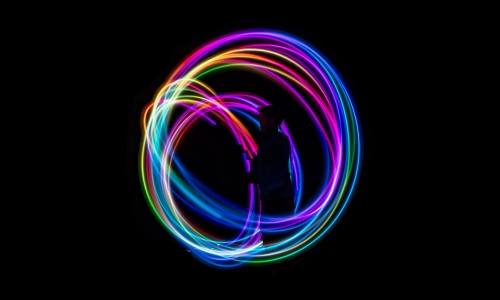The last version 1.x update
Limelight 2 is well on the way to being launched but in the meantime there is one last important update to Limelight v1.
HLS Video
HLS video is an adaptive streaming standard that allows very high quality video to be streamed into limelight. This means you do not have to wait for the page to load the video and also the quality served is automatically determined by the connection type and speed.
In short, if you need to display quality video (over 4k is possible) of any length without slowing down your page load then you need HLS or similar technology. HLS stands for HTTP Live Streaming and has superseded other technologies such as Flash and Quicktime. It works by chopping up an MP4 video into 10 second chunks and then serving them sequentially. If the users connection gets better or worse over time then the quality (size) of the next chunk served is adaptively altered to match.
To demonstrate the speed of loading and the quality possible, the following link is to the whole of the Big Buck Bunny movie in 4K displayed in a Limelight. This movie is several GB in size but the loading speed is just like a normal low resolution short clip: Limelight HLS test page
Also on that page are two other HLS test videos, the third of which is a continuous live broadcast loop and demonstrates the stream adapting its quality.
The Streaming Video child stack for Limelight works just like the normal video child except that you can specify and HLS source and a fallback MP4 source for legacy devices that don't support HLS.
To convert videos to HLS just search online for several free converter sites.
Slideshow Numbering
With navigation enabled, you can now add the current number and the total number of slides to each slide as it is displayed. The settings are found in the Navigation Child.

Session Control
For content that is set to automatically show on page load, you can now specify that this only happens once per browser session. This feature does not use cookies and is fully GDPR compliant.
Whats Next...
Limelight version 2 will free itself from the shackles of jQuery and be lighter, faster and more friendly in edit mode. As well as the support for streaming video that has snuck into version 1, there are a lots of new features that are totally unique and only possible because it is written from scratch.

